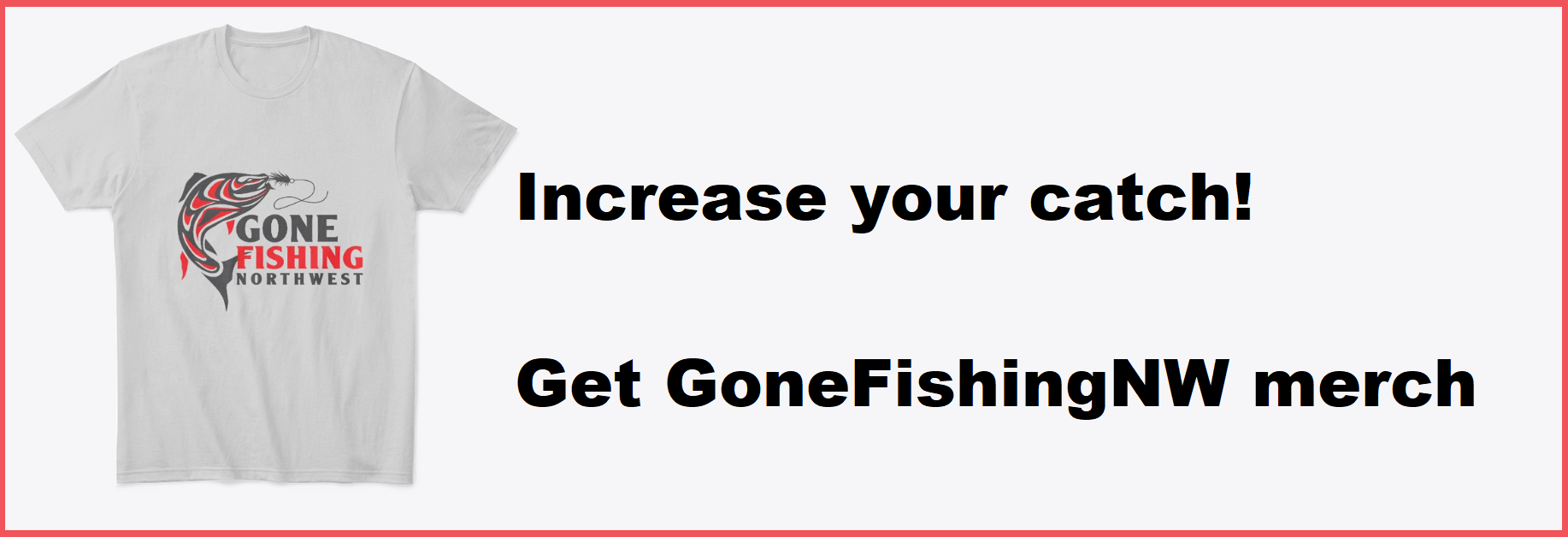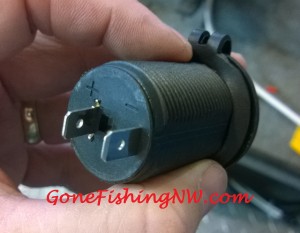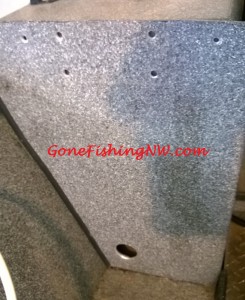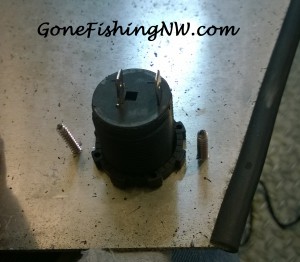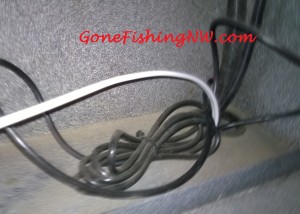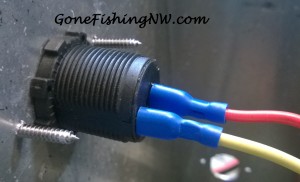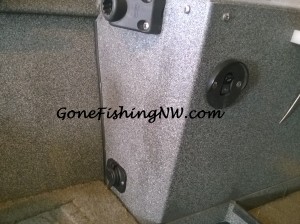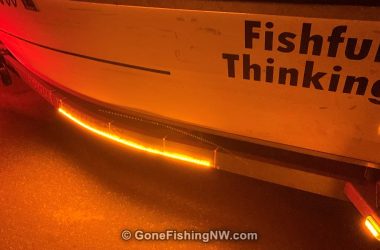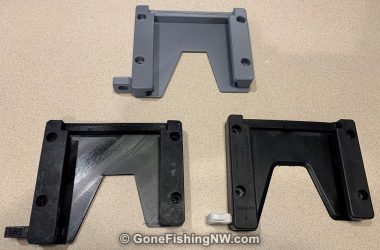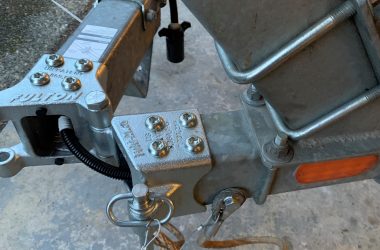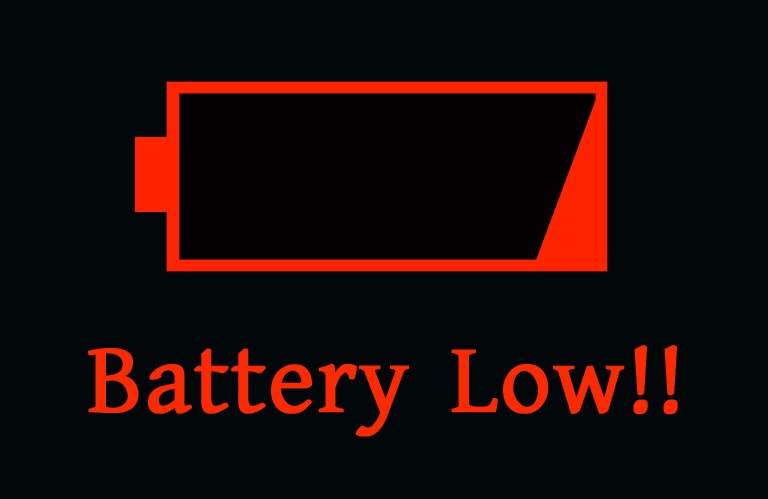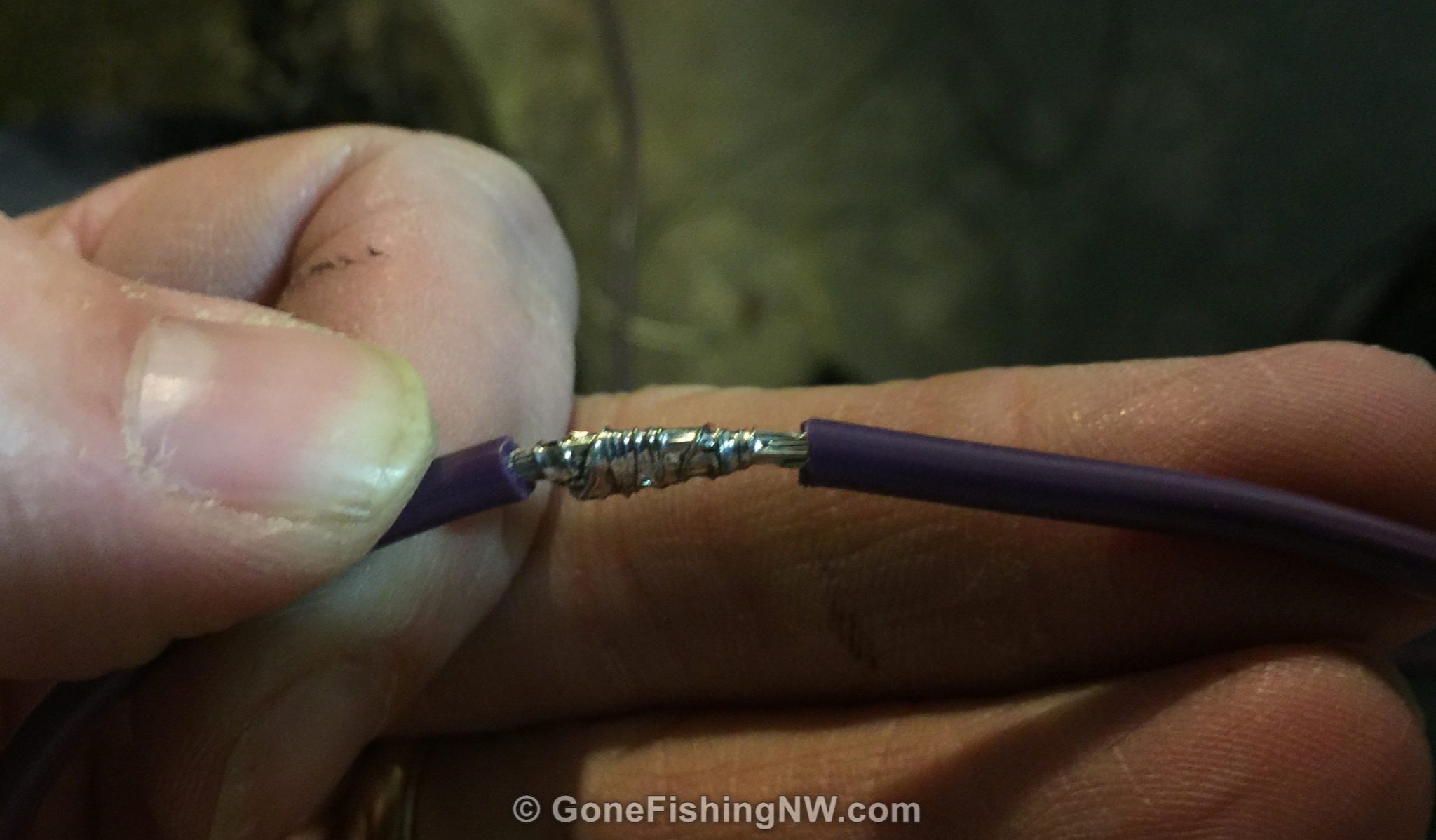In todays world we use our cell phones all the time – as a communication device, as a camera, as a watch, and as an entertainment device.
So it is really inconvenient when it is out of power. In our cars we can easily recharge our devices, but not on our boats.
Well our boats have an electrical system which is very similar to our cars. The only thing usually missing to charge our devices is a compatible plug.
This article walks you through what I did to install a 12v power outlet – (also known as cigarette lighter) – in my boat.
For more boat and trailer improvement projects I’ve done check out this page.
First I found a marine grade socket. This is nice because it has a cover and gasket seal which prevents water from getting in while not in use.
Here is what it looks like – front and back – before it was installed.
My boat happens to have a hole in a decent place for the outlet, from where a fish finder used to be mounted. Here it is in the lower left (sorry I forgot to take the picture before I started detaching the panel)
I lucked out in that the hole was the perfect size. I just had to smooth and deburr it a bit, using a grinder attachment on a dremel tool.
I drilled a couple smaller holes for the mounting plate. Then installed the mounting plate and the plug.
Next is the wiring. I used 12 gauge duplex marine wire. Do not attempt to cut corners by using wire intended for home use, as corrosion will eventually be an issue. The gauge to use depends on the load you intend to use and the distance. 12 or 14 gauge should be fine for most applications.
You will need a fuse to protect the rest of your system, in case of shorts. I added an watertight inline fuse, similar to this one.
I attached it to the wiring via a heat shrink butt connector.
I also needed some spade connectors, so I could attach the wiring to the outlet and the switch panel. If connecting direct to the battery or somewhere else, then the appropriate connector should be used.
Before inserting the wiring into any of the connectors I rubbed some dielectric grease to protect the connection from corrosion.
I then plugged the end of the wire w/ the fuse into the switch panel (but not on a switch circuit). Some dielectric grease on this connection is a good thing too.
The other end of the wire I snaked into the area for the panel where the outlet is mounted.
And attached the wire to the outlet.
After doing some testing – both with a voltmeter and cell phone charger – it was time to reattach the panel. Here is the final result.
Now I can plug in a cell phone charger (or other device) and keep things powered while using the boat.
A word of caution – anything you plug in will use power. If you are doing something like running a kicker motor while fishing, and if your kicker charges the battery, then you probably have nothing to worry about.
However if your system is solely powered by a battery, then eventually the battery will get low – perhaps too low to start your motors. Keep this in mind while using the outlet.


